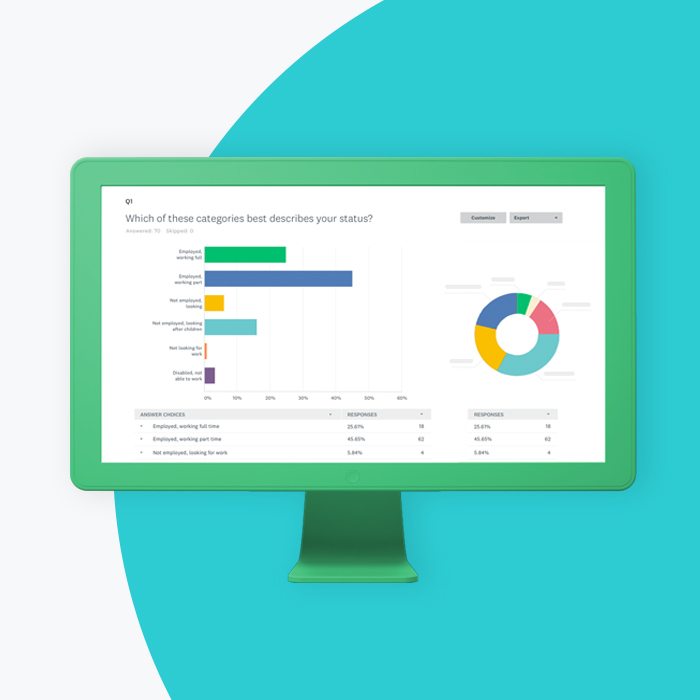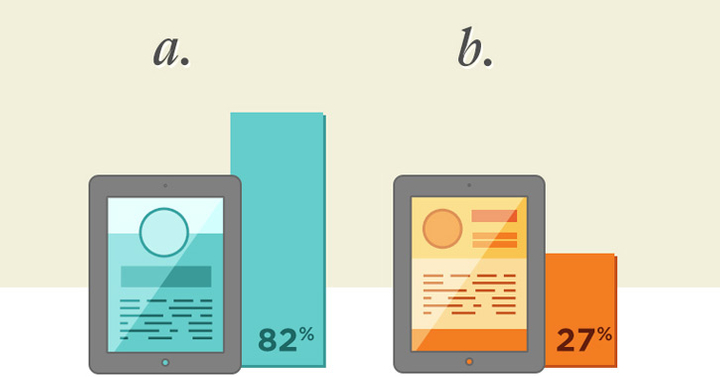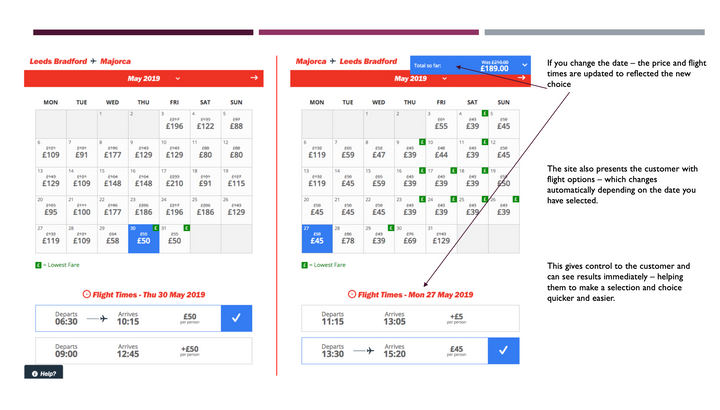UX is a research-based discipline, without it there is no UX – Why? Because you can’t solve problems if you don’t know what they are.
Before designing anything, understanding the users and how they behaviour and interact is key.
Getting to know the consumer through:
- Qualitative-observational research: eye tracking, usability testing and field studies
- Quantitative-observational: Google Analytics and A/B testing
- Qualitative-attitudinal: interviews, focus groups and diary studies
- Quantitative-attitudinal: card sorting, customer feedback calls/emails and online surveys
Not all research tools are necessary for all projects, but it is recommended that research is conducted within each category.
Usability Testing
Using ScreenFlow to observe the user completing a series of tasks and questions on a website establishing:
Goals
Behaviours
Context to understand how easy or difficult it is to complete the goals set, behaviour with the platform and the environment conducted in.
When to test?
Early and often. Within research phase as well as prototype phase.
Usability tests at the research phase help understand the problem, at prototype phase to validate the solution and testing phase to sanity check.
Online Surveys
The easiest way to gather user requirements. Ideally, surveys should include qualitative and quantitative questions such as multiple choice or open answers. Online surveys need to consider the 3 Golden Questions:
Why did you visit the website today? (unstructured)
Were you able to complete your task today? (structured and unstructured)
What would you change about the website? (unstructured)
This help us understand the consumer’s behaviour, goals and recommendations for a better user experience. Online surveys are sent to current customer databases as well as new consumers, usually built in Survey Monkey.
Depth Interviews
Getting to know the consumer better. The objectives are to understand the consumer’s goals and context of use by providing an opportunity to listen and learn. It is import to ask what, why and how questions, letting the consumer talk without directing their response, limiting their answers with yes/no or asking them to predict the future.
A/B Testing
A fantastic tool to test different CTAs, images, copy or offers to find out of which the users respond best to. The options with highest engagement or interaction will be rolled out. A/B testing facilitates improvements, encourages experiments, validates assumptions (or not) and will be data driven. The online tool to do this is Optimizely.
Competitive Benchmarking
A simple research technique to see what competitors are doing and how best-in class websites are solving a problem, what works and what doesn’t. Considering direct competitors as well as the wider market and similar industries.




